| I was glued to the Met Office website for a week before our date with the Cuckoo Trail. In the end, the day dawned warm and sunny. I was chomping at the bit to get started, but we couldn’t leave too early, or we’d walk the whole trail in a day. We wanted to stop off half way and sleep in a field! We drove to Heathfield and did some last-minute shopping (a lighter for our stove, some antibacterial hand gel, a tasty coffee and tea at Cuculo - just the essentials!), then jumped on the bus to Polegate. History of the Cuckoo TrailThe Cuckoo Trail was once a rail route known informally as the Cuckoo Line - named after the Heffle Cuckoo Fair held near Heathfield. The fair dates back to 1315 and was an annual event during which a cuckoo - the first of spring - was released by one Dame Heffle. I am not sure how this distinguished woman obtained her cuckoo ahead of migration season. The rail line was built by the London Brighton and South Coast Railway in an attempt to snaffle some of the south coast traffic from its rival rail companies. Stretching from Eridge to Polegate, it was completed in 1880, recommended for closure by Beeching in 1963 and the section from Polegate to Hailsham shut in 1968. Over a decade later, the district and county councils bought the route and, with input from Sustrans, the Cuckoo Trail was developed as a shared route for walkers and cyclists. PolegateAlthough the Cuckoo Trail extends to Hampden Park, we decided to start at Polegate, cutting an hour or so of unappealing roadside walking from our trip. We passed the Dinkum pub - named by Australian soldiers (surprise) in WWI, and newly painted in green and gold (to the consternation of some locals, apparently) - then strolled down a few suburban streets to the old line. We noticed immediately that this was a busy the trail. It’s now part of the National Cycle Network (Route 21), and around 250,000 people use it every year, some for their daily dog walk, some as part of a long bike ride from London to Eastbourne. The trail is lined with sculptures in wood and metal, and features a few interesting benches, too. I particularly enjoyed one metal arch near the start of our walk, which included a number of roughly hewn stones in a reference to more traditional archways. I think if I’d been travelling the other way I would have found it a suitably triumphal end to my journey. HailshamWe timed our walk to get to Hailsham in time for an early dinner. Being a bit ahead of schedule, we spent a few minutes relaxing in the afternoon sunshine beside Hailsham Common Pond. The pond has existed since at least 1263, when someone drowned in it, thus ensuring an entry in the records books. Being one of the first warm evenings of spring, several people had the same idea - of relaxing rather than drowning, I hasten to add! After mooching for a while, we continued on to our date with deliciousness at Bebble’s Langos. We’d enjoyed the langos so much on our Cuckmere journey that we’d deliberately planned this microadventure around another visit. The service was friendly, the langos were super-tasty and we got a couple of plastic forks on the house (we’d forgotten to bring cutlery for breakfast). HorsebridgeFull - too full to even consider dessert, which is a highly unusual state of affairs - we returned to the Cuckoo Trail for the walk through Hailsham and Horsebridge. First up, we discovered an underpass decorated with concrete reliefs of rope. Hailsham was once famous for its rope making industry. Rather gruesomely, the town once supplied Britain and its colonies with all (or most) of the rope needed for public hangings. In Horsebridge, a cyclist rode past and told us with a big grin, “I used to be a hiker, but I got better!” We encountered him again where he’d stopped to pat a dog and a third time when he passed and told us that the trail would get prettier the other side of the main road. We didn’t think it was particularly unattractive at that point, just a bit suburban. It was, however, true that the rural scenery on the other side of Horsebridge was quite beautiful, especially washed in the gold of a near-setting sun. That section of the path was made all the more striking by our fourth encounter with the cyclist, who was by this time located (sans bike) several metres up a large tree. HellinglyWe soon reached Hellingly, or at least the spot where Hellingly Station once stood. The old station is now a private residence, but retains the deep verandahs and details. It looked a little bit unkempt, but no less beguiling for that. A bit further on there was a very unpublike looking pub with an entrance straight off the trail. We decided to leave that for another time, because the sunset was building up to what promised to be a spectacular display and we wanted to (a) watch it and (b) find somewhere to bed down before dark. It was our first overnight microadventure location that we hadn’t purposefully recced or at least been to before. I’d spent a bit of time looking at the OS map and Google Maps satellite view and had earmarked a few potential bivvy spots, but I didn’t know if they’d be suitable in reality. An apparently distant house might overlook them, a new house might have been built, the field might have been ploughed up for crops, it might be too steep, totally waterlogged or covered in nettles. The sunset turned the sky blazing pink and orange. We watched through the silhouetted trees, then found a couple of “this would do” sleeping spots. We decided to walk on for another twenty minutes or so - if we found a better site we’d use that instead, if we didn’t we could come back. As it turned out, we discovered a perfect spot right at the end of our twenty minute limit: a flat grassy field with a semi-secluded corner tucked away near a stream a few minutes off the trail. After a quick cup of tea in the twilight, serenaded by the evening chorus, we set up our beds and crawled in. Sleeping outThe sky was very clear and therefore very distracting. We stared up, not able to catch the slow dimming of light, only the sudden stars - as though someone had pricked a pin through the paper screen of night. An owl called nearby - a surprisingly sharp, clean sound. It was only then we noticed that all the other birds had fallen silent. Dan spotted a faint satellite and we traced its progress until it disappeared. A bat flittered around the branches. Another satellite, then another - and then the gleaming brightness of the International Space Station (check for UK pass times here). A single sheep appeared in our field and bleated at us a few times before trotting off into the darkness. We kept a look out for more satellites. Dan, with his better eyesight, spotted them all before me - except one, later on, when he was asleep. That one was all mine! I woke several times during the night: to the sporadic barking of farm dogs; to the grumble of motorbikes on a distant road; to a fox barking; to a lamb and mother crying out to each other over and over again (I wondered if in the morning we’d find a lamb with its face eaten off by foxes - not an uncommon occurrence on our farm when I was growing up). In the quietness surrounding such outbursts, I could just make out the very soft trickle of the nearby stream. A mist settled in and at some point the moon rose, fuzzy and orange, like an apricot. In the morning, the birds woke us up with the first hint of sunrise. I peeped out of my bivvy bag and saw the mist had risen a metre or so off the grass, giving a view across the field surface but leaving everything else unclear. I declared the need for more sleep and - joy of joys! - I managed another forty minutes. We sat up and discovered there was a frost on the grass… and on us. (Unfortunately, when I pulled the iPhone out to take a photo it was out of batteries. This despite us having been so careful to turn it off overnight. I was annoyed enough to utter a few expletives and wake up properly! All later photos were taken on the not-very-good iPod camera.) We made quick work of packing up, trying not to freeze our fingers off. When we left, the only sign of our camp was a patch of frost-free grass in the corner of the field. HoramThe mist didn’t lift, and the red sunrise looked spectacular over the hills and fields as we continued along the trail. We stopped in Horam for breakfast, having worked up an appetite. Sitting at a picnic bench, we lit the beer can stove and made ourselves a pot of chicken flavoured noodles (actually vegan) and said thank you to Bebble’s Langos for the forks. It was delightful to get something warm into us, and the sun began to defrost my aching back, too. After a cup of tea and a Tim Tam we got back on the road. The trail between Horam and Heathfield is rural, but never far from houses. The rail line is built up higher than the roads at this point, so we got some nice views of farms and fields from the bridges. Even after years of living here, I still sometimes turn to Dan and exclaim, “It’s so English!” HeathfieldArriving in Heathfield, we struck up a conversation with an elderly local chap (local enough: he’d been living there for around 30 years). He asked us where we’d come from and if we'd camped. “We slept in a field in our bivvy bags,” we told him. “It was quite fun - great views of the stars!” He laughed. “If you say so. I went camping twice in my life and hated it!” We mentioned how busy the trail was the evening before and how well-used it was even this early in the morning. “Dog walkers,” he grumbled. He used to call the Heathfield section “dog turd alley”, but it seems dog owners are getting a little bit less disgusting and irresponsible these days. Our companion was just telling us that the people of Heathfield are a friendly bunch, unlike Mayfield (we've heard the opposite argument from Mayfield residents), when we arrived at the carpark and our car and had to part ways. Satisfied, and a little sore, we counted our outing as another microadventure success. This microadventure cost about £32 for two, including transport, food, drinks and a new inflatable pillow! We also slept out in January, February and March. Join in the year of microadventure - you'll find all the info you need on Alastair Humphreys' website. |
|
A microadventure combining our April sleep out and our railway theme challenge with delightful results!
4 Comments
Mags
20/4/2015 20:53:35
Sounds like a great microadventure! My next one may be next month when I head back to my northern roots!
Reply
I've just seen your post! Chilly indeed. Given how cold our camp outs were over winter, I think we've become a bit hardened to the chill... but also, my fleece sleeping bag liner has made a huge difference.
Reply
Your comment will be posted after it is approved.
Leave a Reply. |
In which IIn which I do things and write about them In which I tag
All
In which I archive
July 2022
|
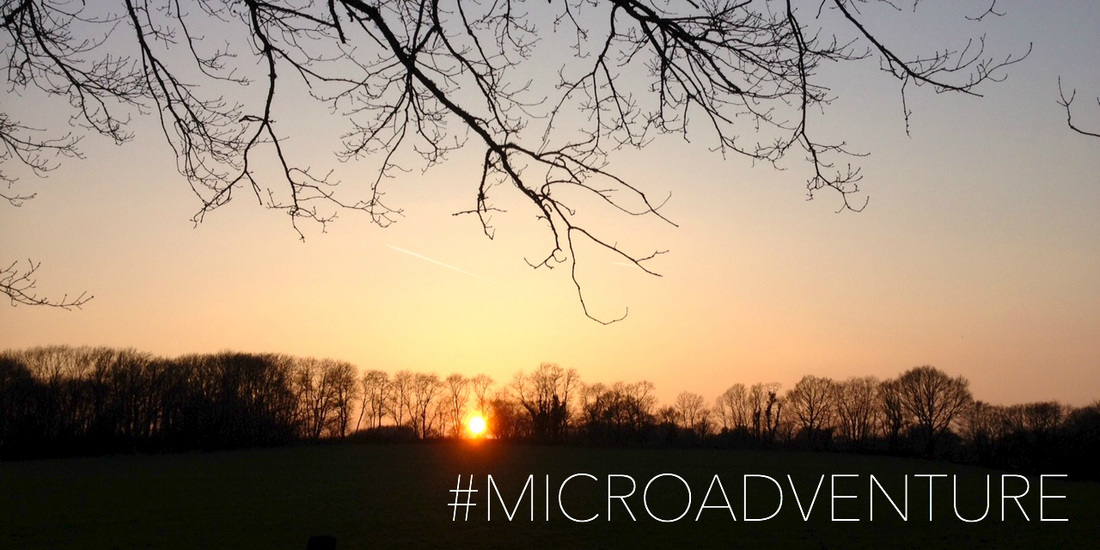
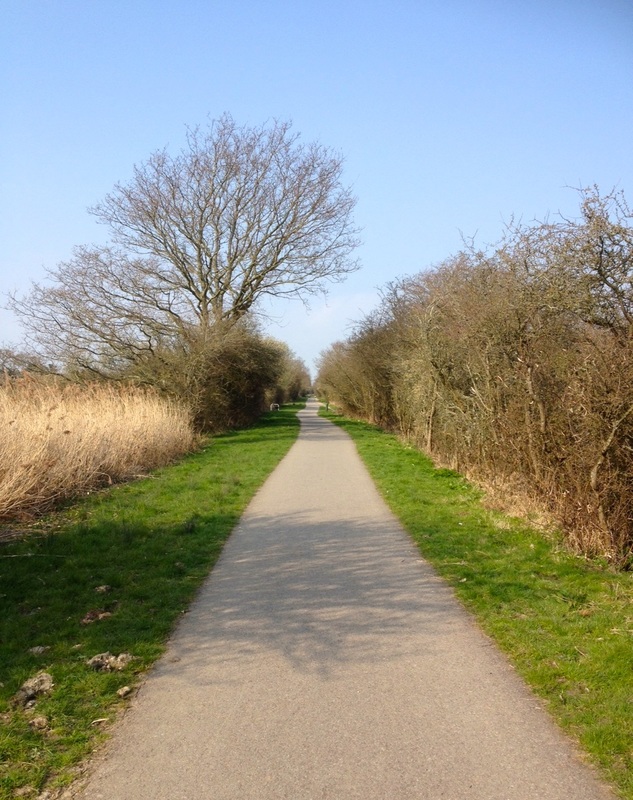
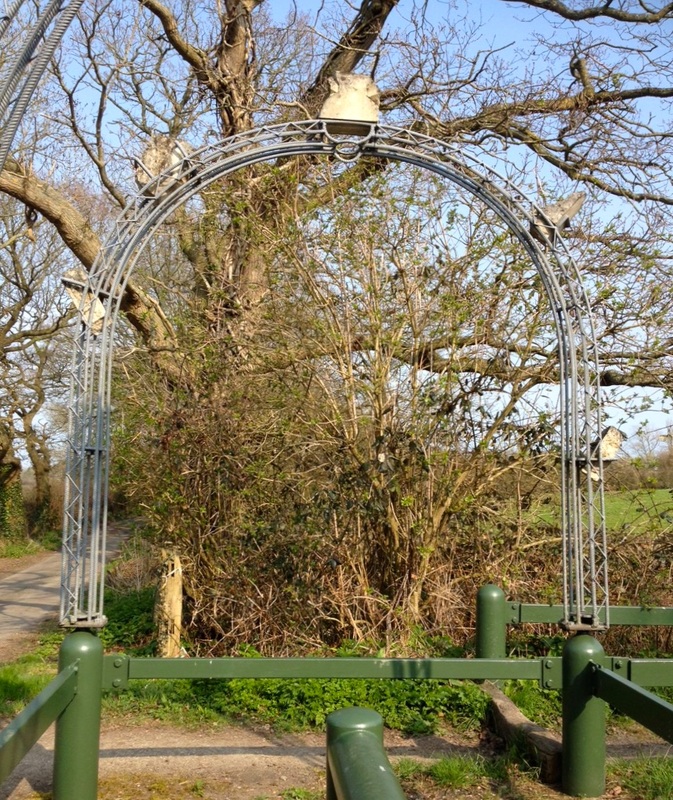
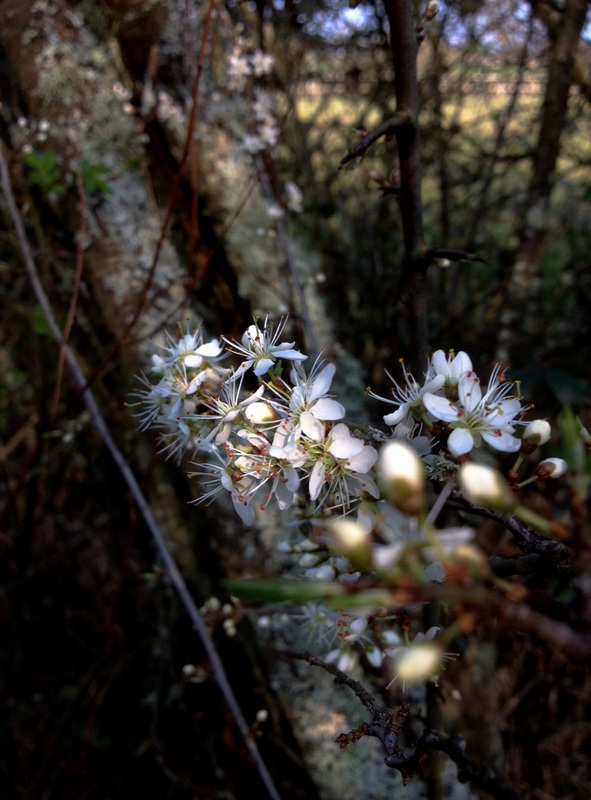
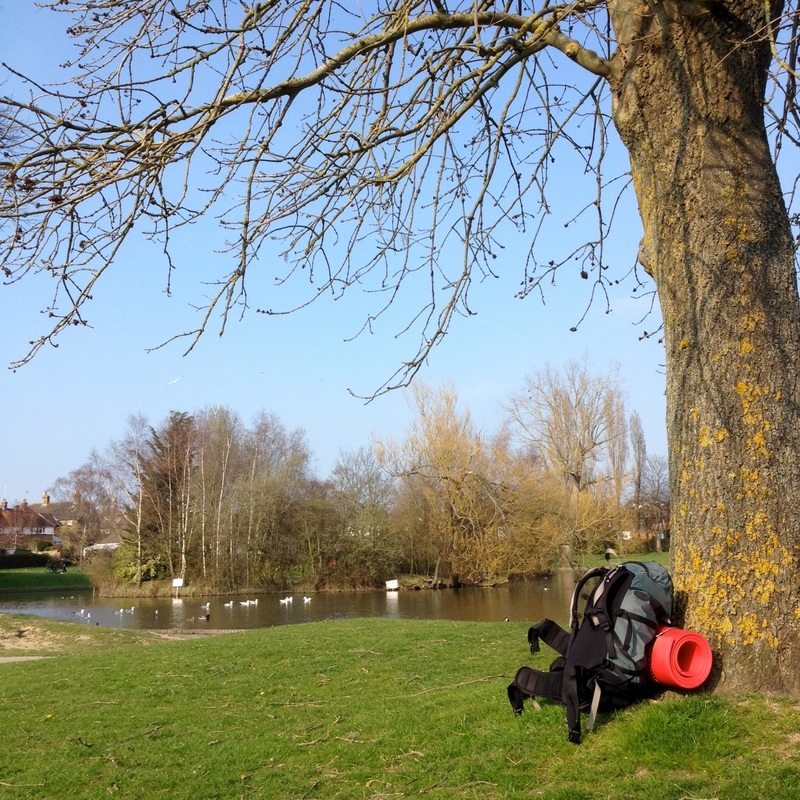
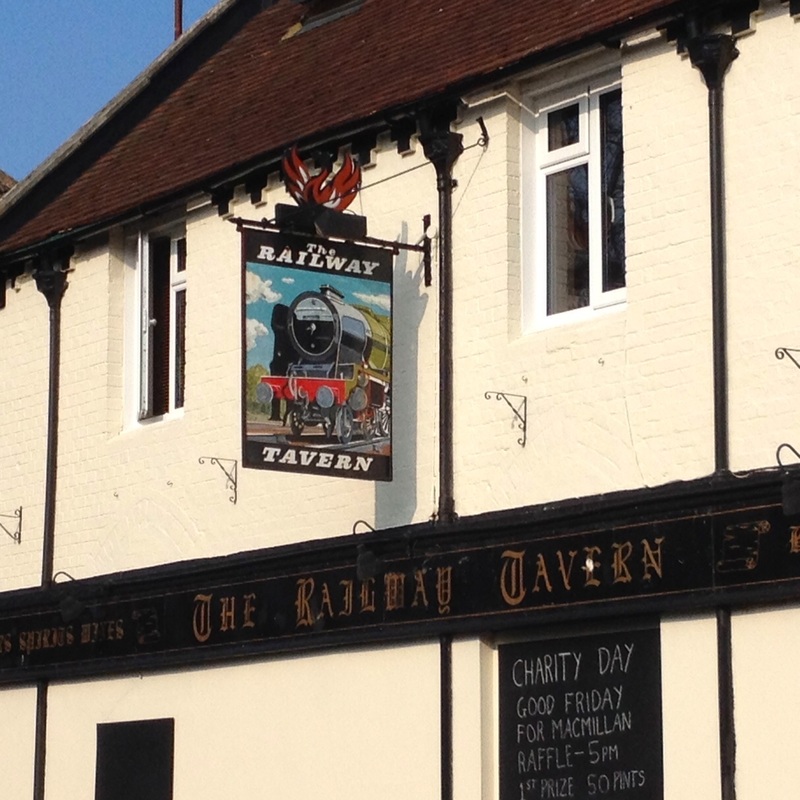
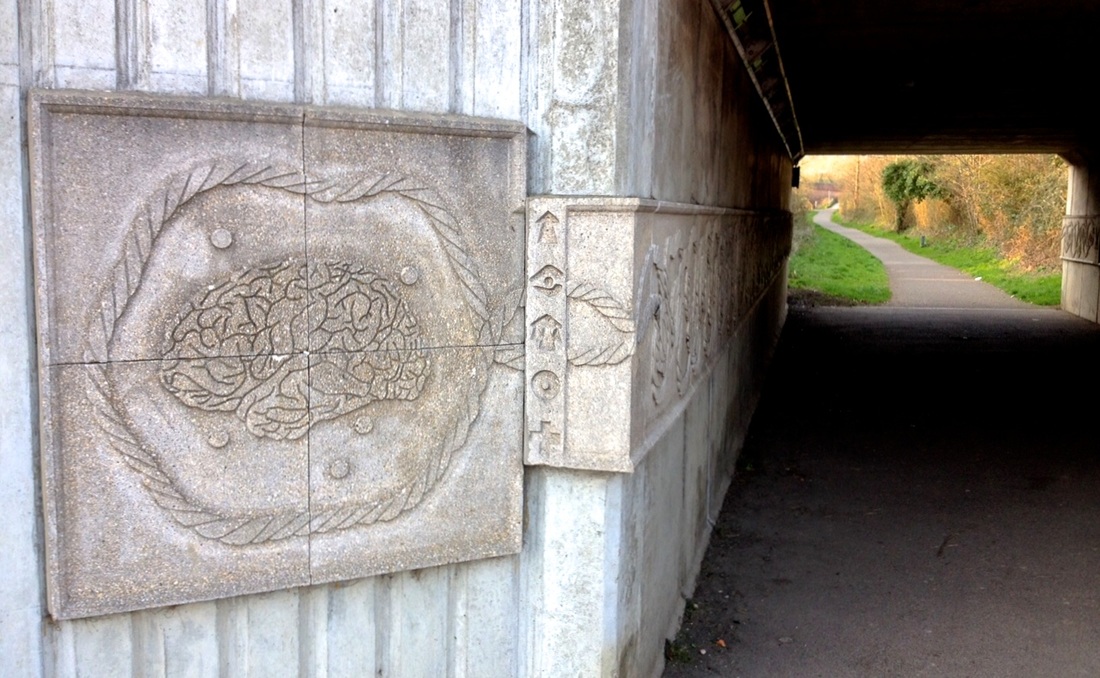
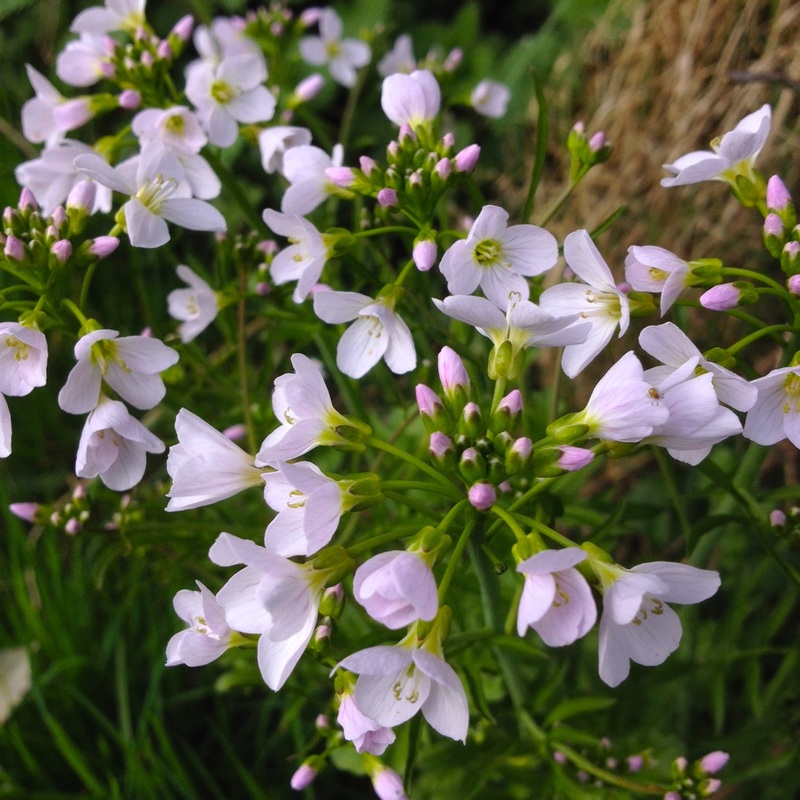
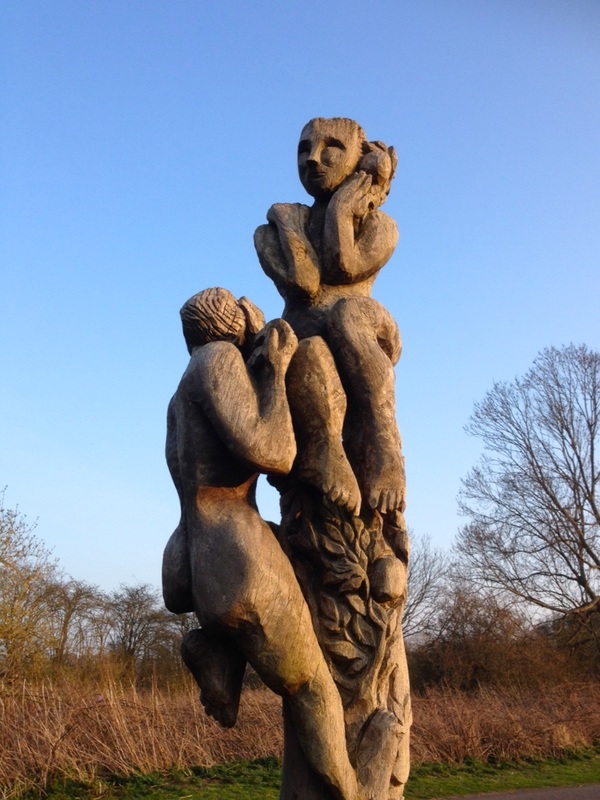
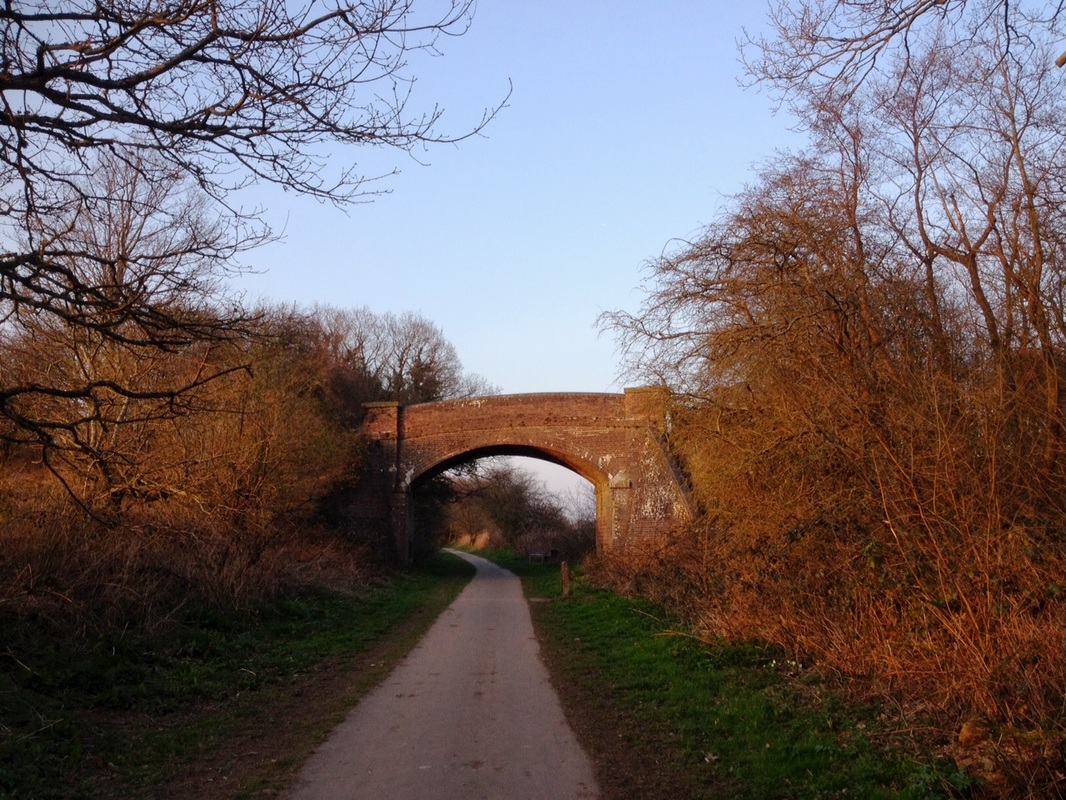
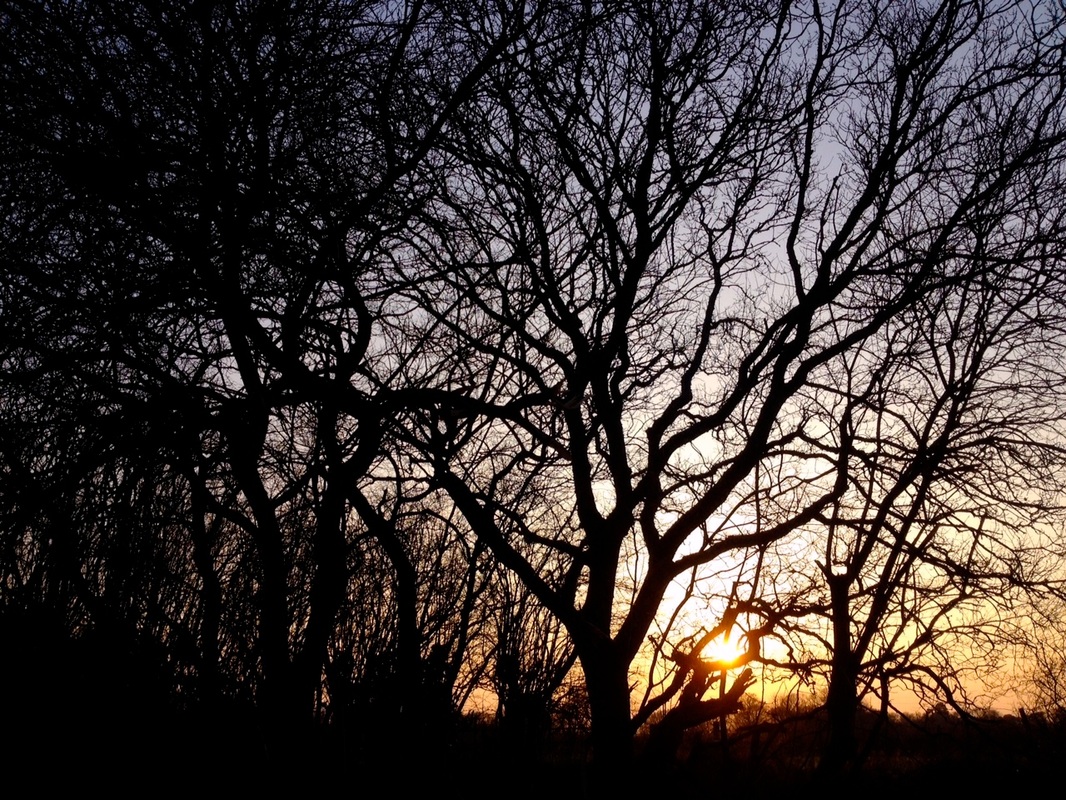
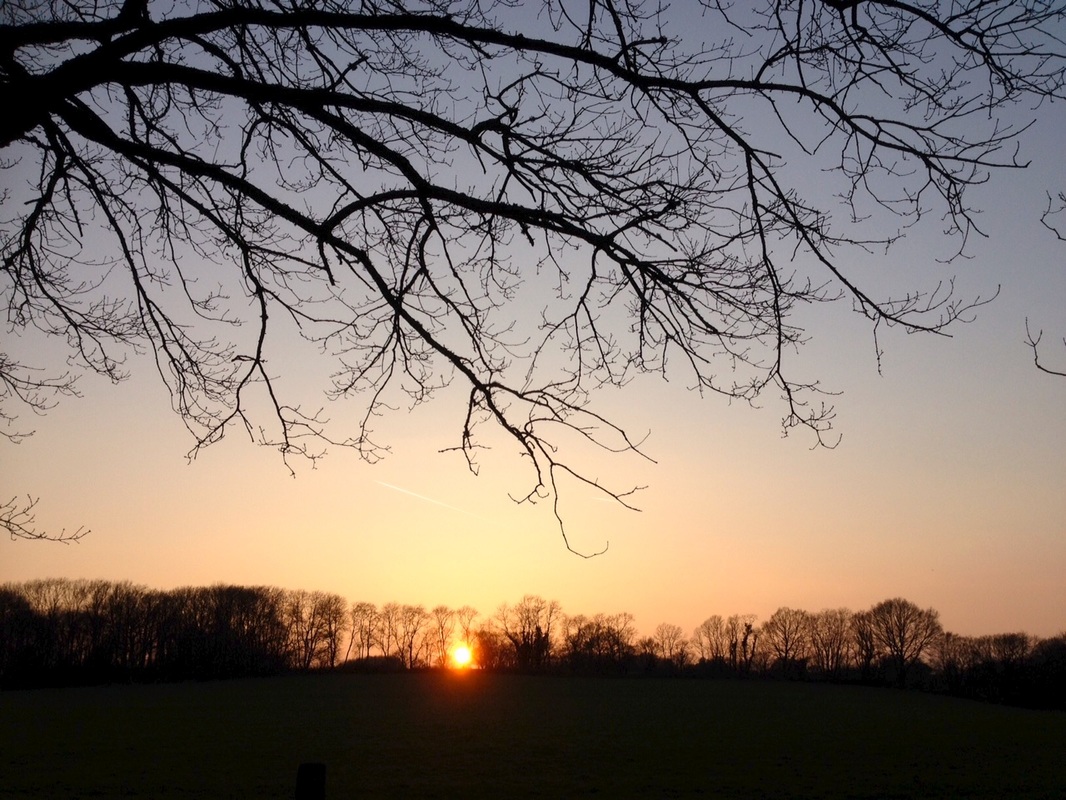
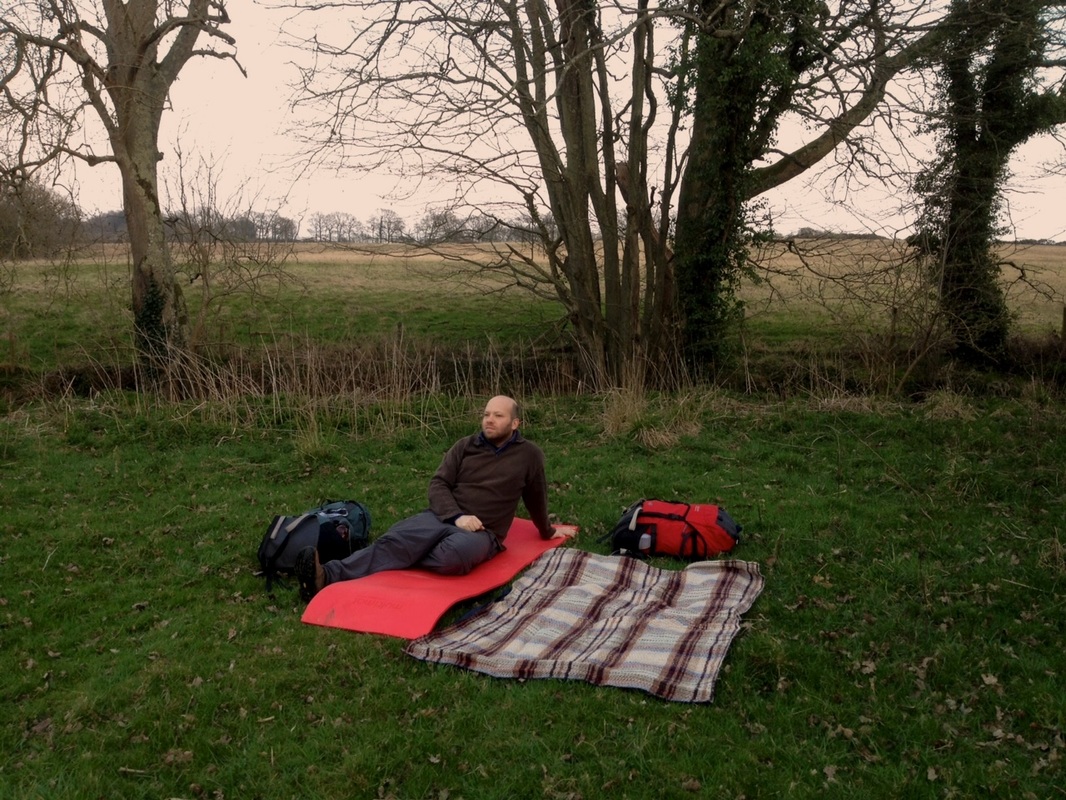
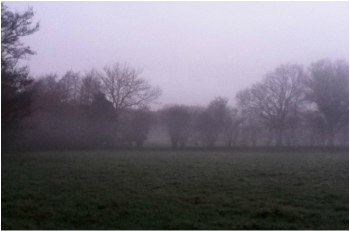
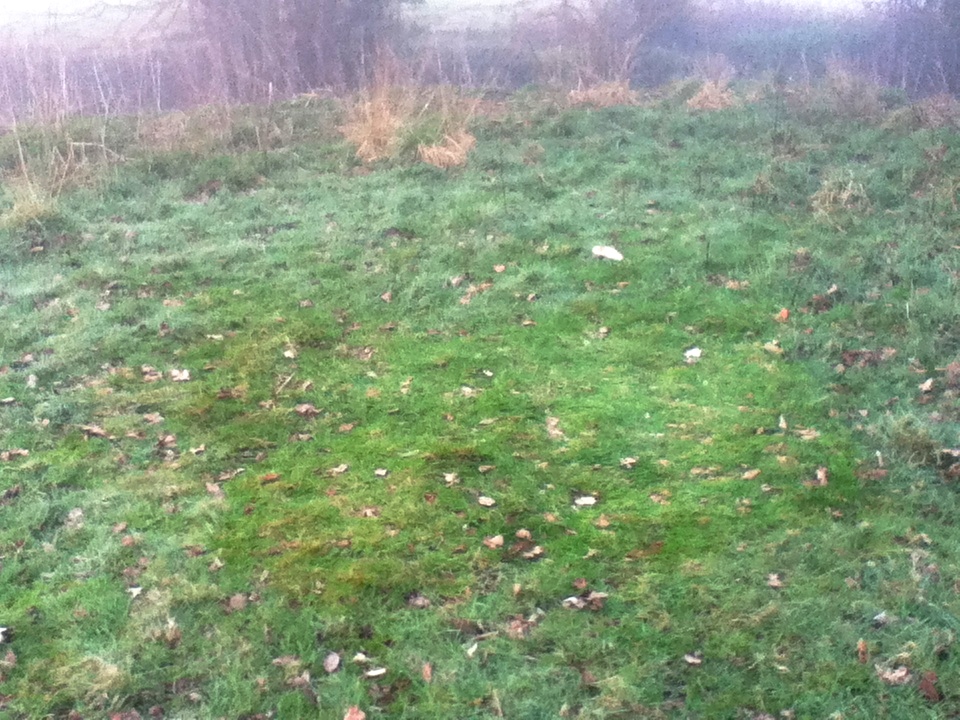
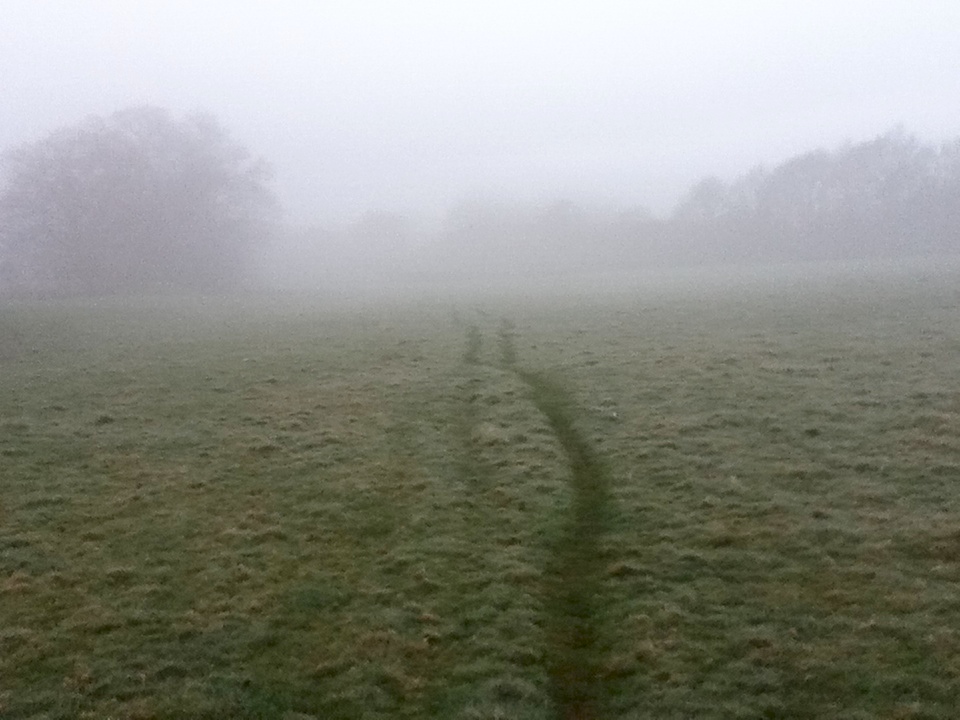
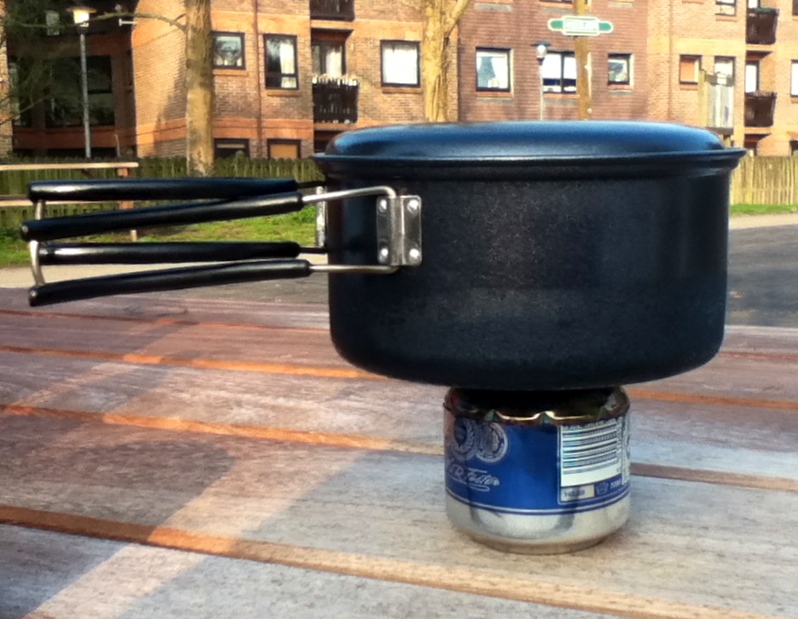
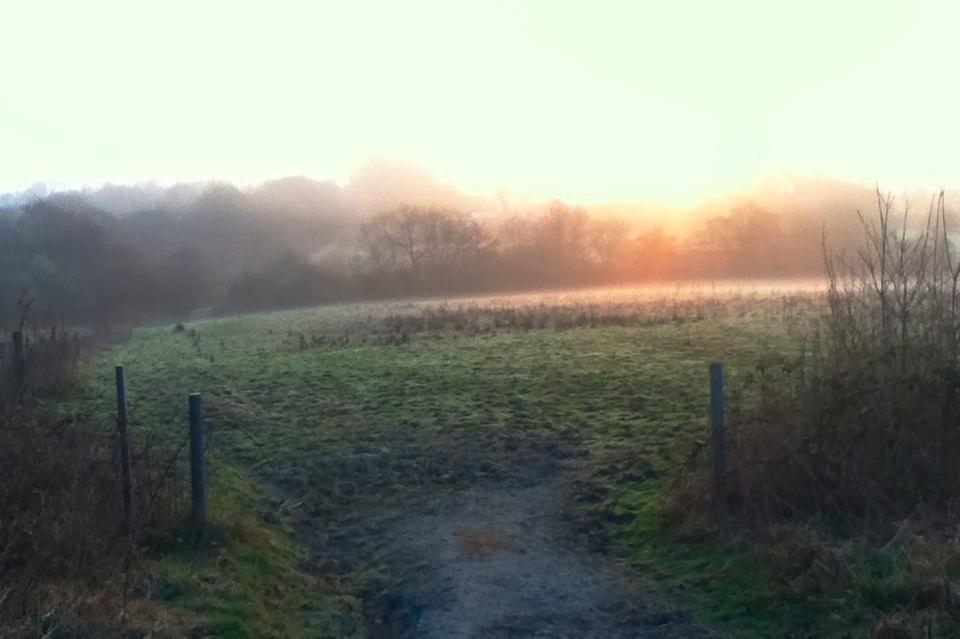
 RSS Feed
RSS Feed
